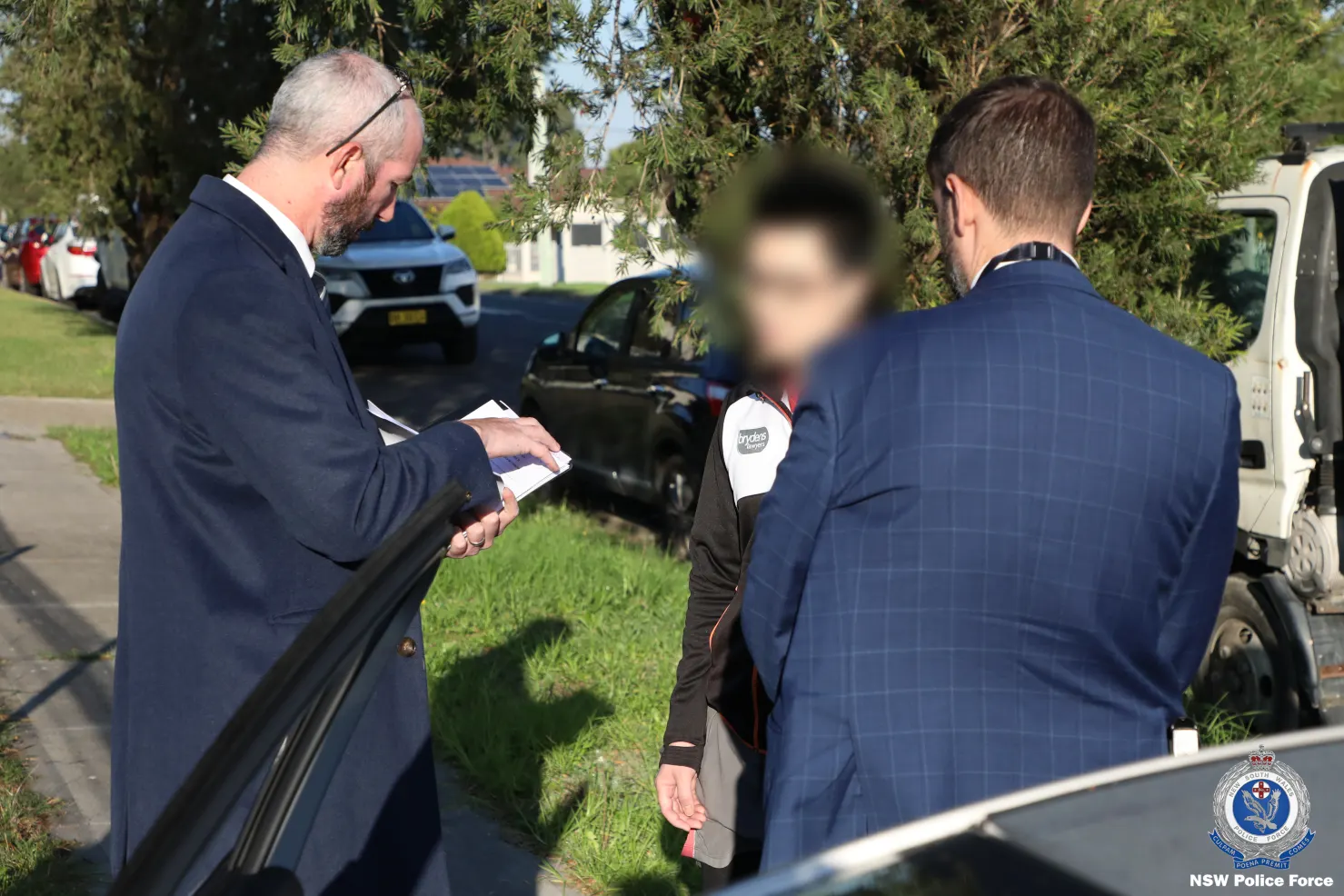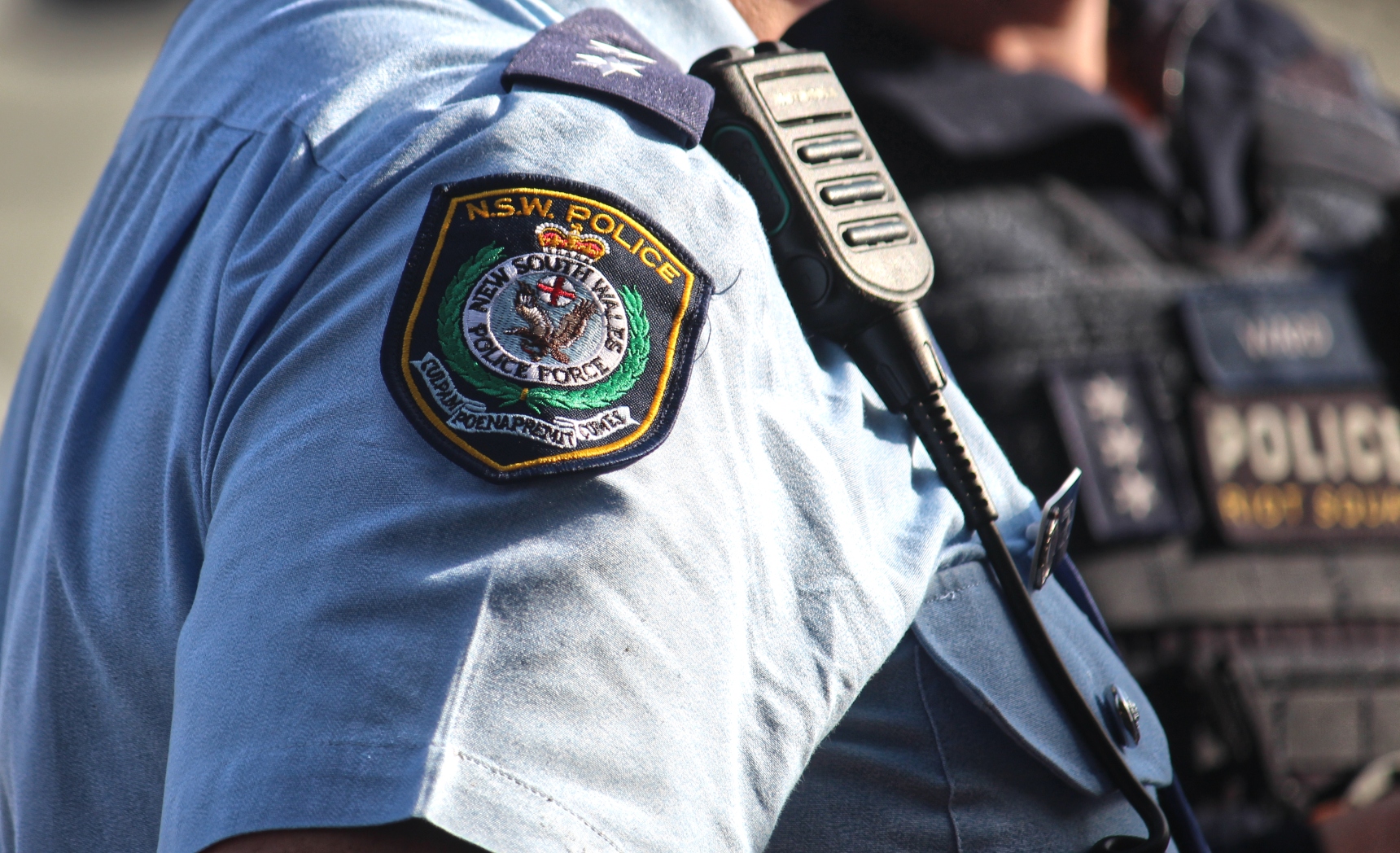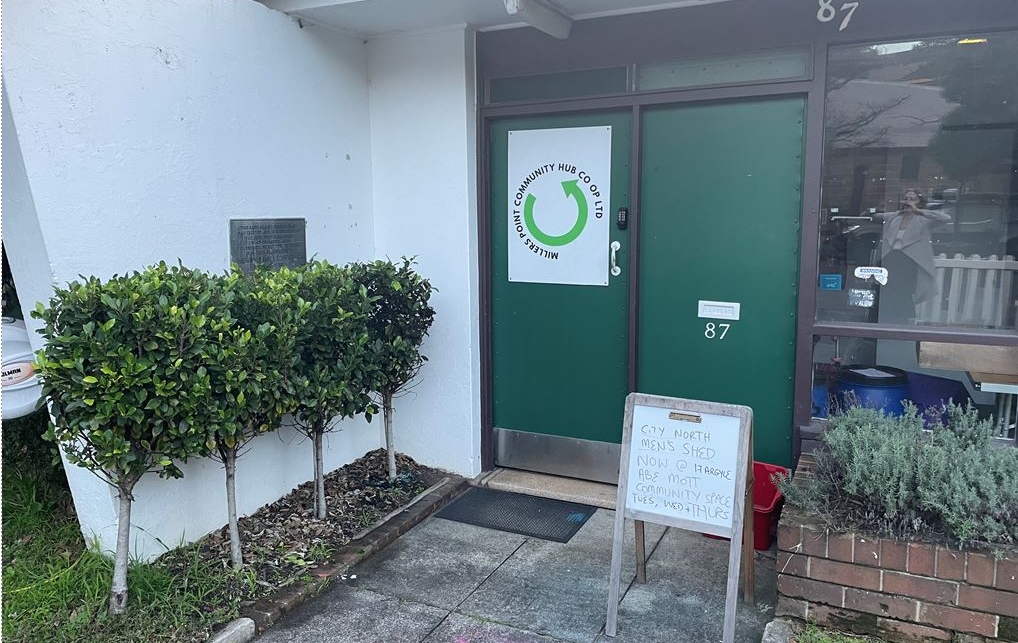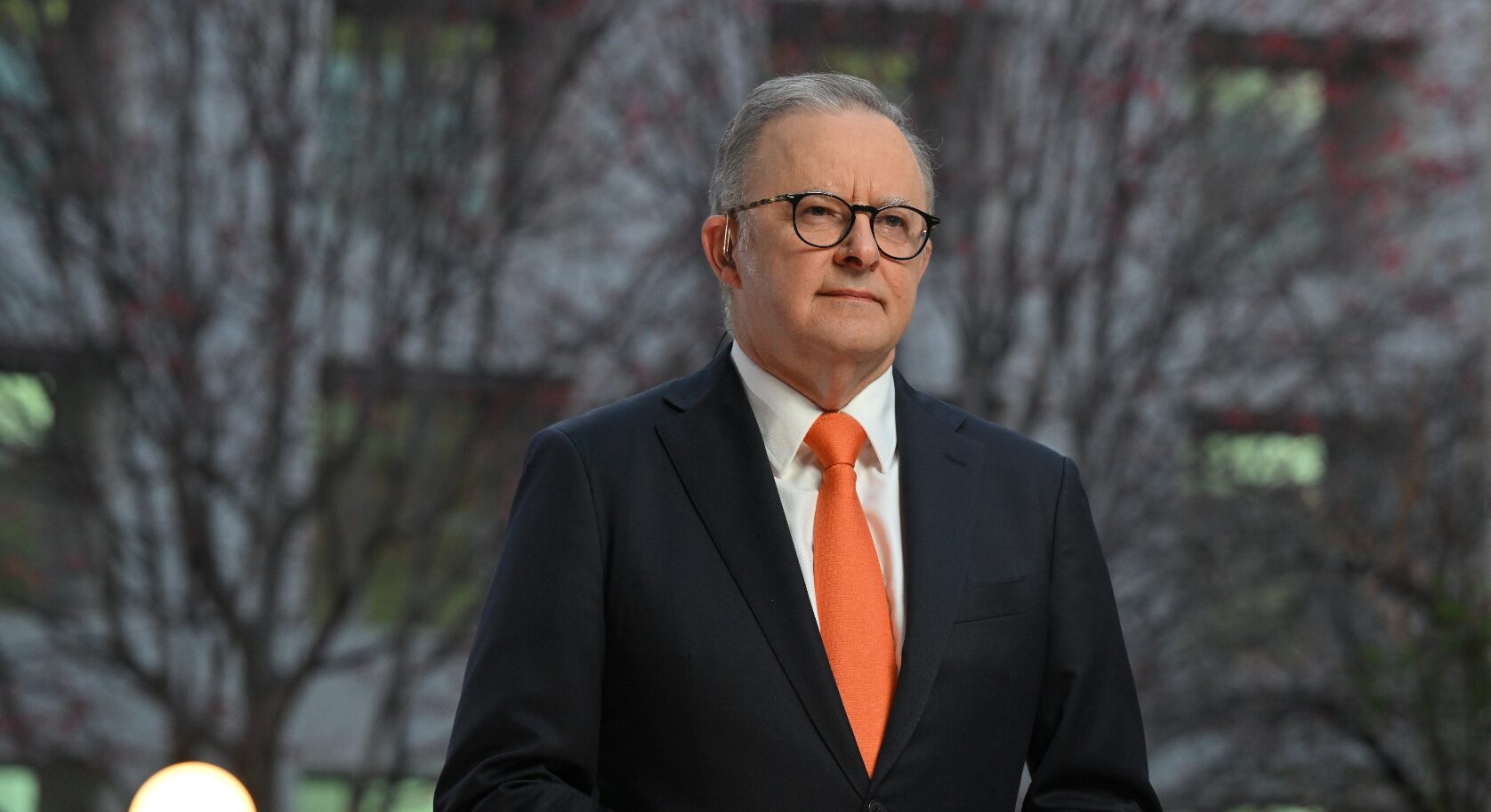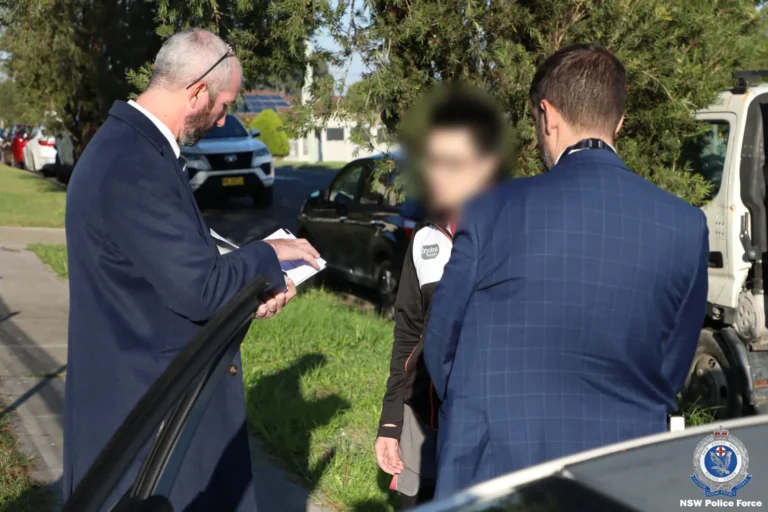

By ROBBIE MASON
A scathing report released by a government-commissioned taskforce has laid bare the failings of bus privatisation across NSW and illuminated a network rife with delays, cancellations, chronic understaffing and appalling working conditions.
While critics have long emphasised issues within the state’s bus system, the first report of the NSW Bus Industry Taskforce provides irrefutable evidence that the privatisation of the State Transit Authority has worsened public transport options.
Bus Industry Taskforce Chair John Lee said, “the taskforce clearly sets out where the problems are with the running of bus services, we have identified why this occurred and laid out our first set of recommendations to fix this mess.”
According to the new findings, there are not enough drivers in privatised regions to deliver services, locally-based businesses who understand their customers and operating environments have fled and layover stops contain substandard amenities. The investigation revealed some bus drivers take buckets to work to go to the bathroom due to the lack of toilets in layover areas.
Commuters, meanwhile, are dealing with untrackable ghost buses due to a lack of investment in digital infrastructure.
Bus drivers deserve better, critics say
The Rail, Tram and Bus Union NSW (RTBU NSW) said the dire findings should come as no surprise to long-suffering commuters and bus drivers.
David Babineau, the Tram and Bus Division Secretary of the RTBU, said that the issues stem directly from privatisation, cost-cutting and the “long term neglect”.
“While it is welcome that the NSW Government has given in-principle support to the seven key recommendations, we need to see urgent action to fix these on-going issues,” he said.
“Public transport is an essential service – it should never have been sold off to private companies at the expense of commuters and workers. The Minns Labor government should move forward from the profit and loss mentality served by their predecessors and put public transport back into public hands.”
The former Liberal state government privatised bus services in the inner west in 2018, despite the rate of buses running on time in the region improving from 87.1 percent to 91.3 percent in the year prior to that announcement. In 2020, the Berejiklian government privatised further Sydney bus regions.
At the time, the state government claimed that a competitive tender of all Sydney bus contracts would allow the government to reinvest and fund better services. But the Bus Industry Taskforce report shows that the privatisation of buses has not met expectations and the promise of funding growth has not eventuated, despite the selloff of public assets.
Waverley Council Mayor Paula Masselos said the deterioration of working conditions for bus drivers, the lower rates of pay among private bus operators and the “huge stress” of meeting KPIs concerns her deeply.
“They work hard. Driving such a big thing on the road requires concentration; you have the safety of passengers in your hands.”
Richard Olsen, the NSW and Queensland State Secretary for the Transport Workers Union (TWU), said the union welcomes the news, labelling the Bus Industry taskforce “the first real step towards accountability”.
The TWU has called on the NSW government to take “swift action on the inhumane treatment of workers”.
Local councillors and mayors across the inner-city condemn privatisation crisis
The report shows that poor service delivery hits the state’s most vulnerable citizens the hardest. In large swathes of Sydney’s south-west and western suburbs, as well as the state’s regional areas, buses are the only public transport option but service coverage and frequency remains poor.
Regions in Sydney’s inner and middle rings have also felt the shock from the privatisation earthquake keenly, prompting councillors and mayors across the inner city to condemn the failure of governance.
Dylan Parker, Mayor of Randwick Council, described current bus driver staffing as “a shadow of a workforce”.
He told City Hub that he has received “hundreds upon hundreds of letters, phone calls and comments” from “upset” and “exceptionally vocal” locals.
“What has been unique about our community is that we have experienced the triple whammy: 25 bus routes cut and COVID and then privatisation which resulted in private operators being unable to even operate the anaemic paired-back bus network,” Mayor Parker stated.
“The result has only been huge amounts of community dissatisfaction and bus drivers trying to do their best with not much support.”
In May 2021, the state government cut 25 bus routes in the city’s south east, leaving many in the area stranded. The decision related to the much-maligned light rail project.
“When the light rail was put in, it zapped all of the buses along George Street which most of the buses in our area went along. It also zapped them down Anzac Parade.”
For a short period of time buses and the light rail were simultaneously operating on Anzac Parade but the light rail was a “ghost train” because “no one was catching it”, Mayor Parker explains.
“The difficulty was that the private contracts between the light rail operator and the state government guaranteed patronage numbers. In order to guarantee patronage numbers, they had to cut buses.”
“Now for most of the south-east unless it’s peak hour you can’t get direct services to the heart of the city.”
Waverley Mayor Paula Masselos highlights a similar issue: constituents in that local government area (LGA) now face jam-packed transport interchanges rather than direct routes into the city centre.
“There was a lot over unhappiness” over the scaling back of eastern suburbs bus services, Mayor Masselos says, due to the LGA’s high usage of public transport and car congestion. The area has also lost vital bus routes that took commuters straight to hospitals such as St Vincent’s Hospital.
Sylvie Ellsmore, Deputy Mayor for the City of Sydney, expressed concern to City Hub over the report’s implications for the development boom happening in Green Square.
“63,000 people are expected to call Green Square home by 2036; it will be one of the highest density places in Australia,” Deputy Mayor Ellsmore stated. “Population growth is straining the existing public transport system. Good density means providing reliable access to public transport.”
“We get regular and constant concerns about bus services from local residents – particularly from Pyrmont, and from Green Square and Zetland.”
Data collected in April 2023 shows that the inner west had the highest number of total bus driver vacancies of any privatised bus region. That number – 114 – represents a 10 percent shortfall in the quantity of drivers needed to meet service requirements. The loss of drivers should have been better managed, the Bus Industry Taskforce’s report argues.
Greens MP Kobi Shetty, also an Inner West councillor, said that residents in the inner west have been hung out to dry, while children face more difficulties getting to and from school. While the interim recommendations for improvements are “welcome”, Shetty said they don’t go “far enough”. She has called for buses to be returned to public hands.
She said, “the privatisation process put cost savings and corporate profits above the need to provide an essential service to the community.”
“The only real way to fix our buses and to give the thousands of people relying on buses the service they deserve, is to bring our buses back into public hands.”
Framing the issue as social justice and environmental problem, Waverley Mayor Paula Masselos also demanded that the private services be brought back into public hands.
“Not everyone is able to get into a car and drive anywhere, nor should they,” Mayor Masselos stated. “We’re looking at trying to reduce congestion and meet our net zero targets. We want as many people to get public transport as possible.”
David Babineau emphasised the need for sweeping reforms, stating “drivers are being thrown a few crumbs every now and then through incentives like sign-on bonuses but what we need to see is a genuine increase to their base pay and one system of payment to make it equal.”




